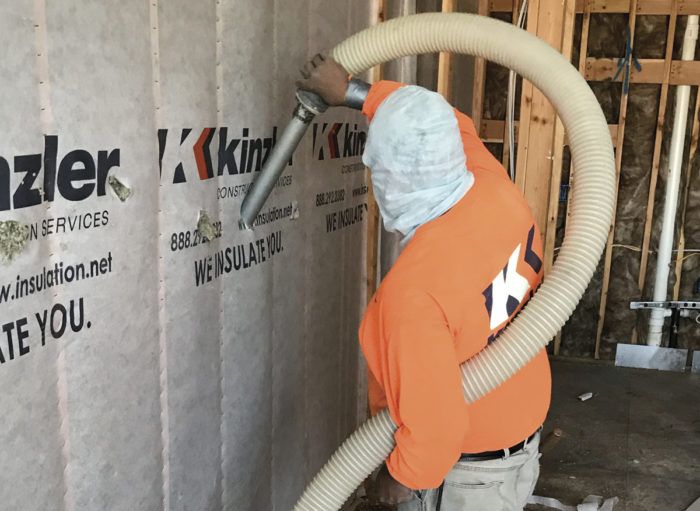What to Consider When Choosing Blown-In Mineral-Wool Insulation
Architect and energy-efficiency expert Steve Baczek explains the performance and installation differences between blown-in mineral wool and dense-pack cellulose insulation.

Question: In a recent Instagram post, Steve Baczek showed blown-in mineral-wool insulation with comments about superiority over dense-pack cellulose. What can you expect in terms of R-value with blown-in mineral wool? Is special equipment needed? And is it any easier to determine whether it’s been done “right” compared to dense-pack cellulose?
— Kieth, via email

Steve Baczek, an architect specializing in energy-efficient construction, replies: Keith, thanks for your interest. I have used blown mineral wool for a number of insulation installations. I can’t speak to the availability or application of other brands, but my experiences with American Rockwool have been positive. The advantages over dense-pack cellulose are a slightly higher R-value (R-4.1 compared to about R-3.6), it won’t support mold growth, and fire resistance. In chatting with the insulation installer, I was told he likes it because it doesn’t need to be dense-packed like cellulose. This reduces the fuss involved with the attachment of the netting, as well as the overall amount of material required.
A couple things need to be altered slightly from the typical blown-in cellulose installation. Mineral wool should be installed from a hole about three-quarters of the way up in the cavity. The weight of the mineral wool is slightly heavier than cellulose, and having the higher install point puts gravity in your favor. You simply net the cavity and blow until the cavity is full. Another key point to the installation is that you don’t want any fines in the wall; you want the mineral wool to fill the cavities in fluffy, relatively large chunks. To ensure the insulation doesn’t get chewed up, slow the blower’s auger speed (a feature available on some machines, but not all), and add material to the hopper in halfbag lifts, not full bags. Keeping the insulation in larger chunks fills the cavity faster, and uses less material to achieve the same final R-value.
One of the other nice things about this material is that it seems to conform to irregular surfaces— against spray-foam flash coats, for instance—nicely without leaving voids.
As for knowing whether it was done right, cellulose has a more defined protocol for testing proper density. Mineral wool, on the other hand, relies solely on a visual inspection, and a quick pat on the stud cavity. If its full, it’s good.
—Photos: Bottom, courtesy of American Rockwool; Top, Matthew Millham
Fine Homebuilding Recommended Products
Fine Homebuilding receives a commission for items purchased through links on this site, including Amazon Associates and other affiliate advertising programs.

Staple Gun

Great Stuff Foam Cleaner

Utility Knife





